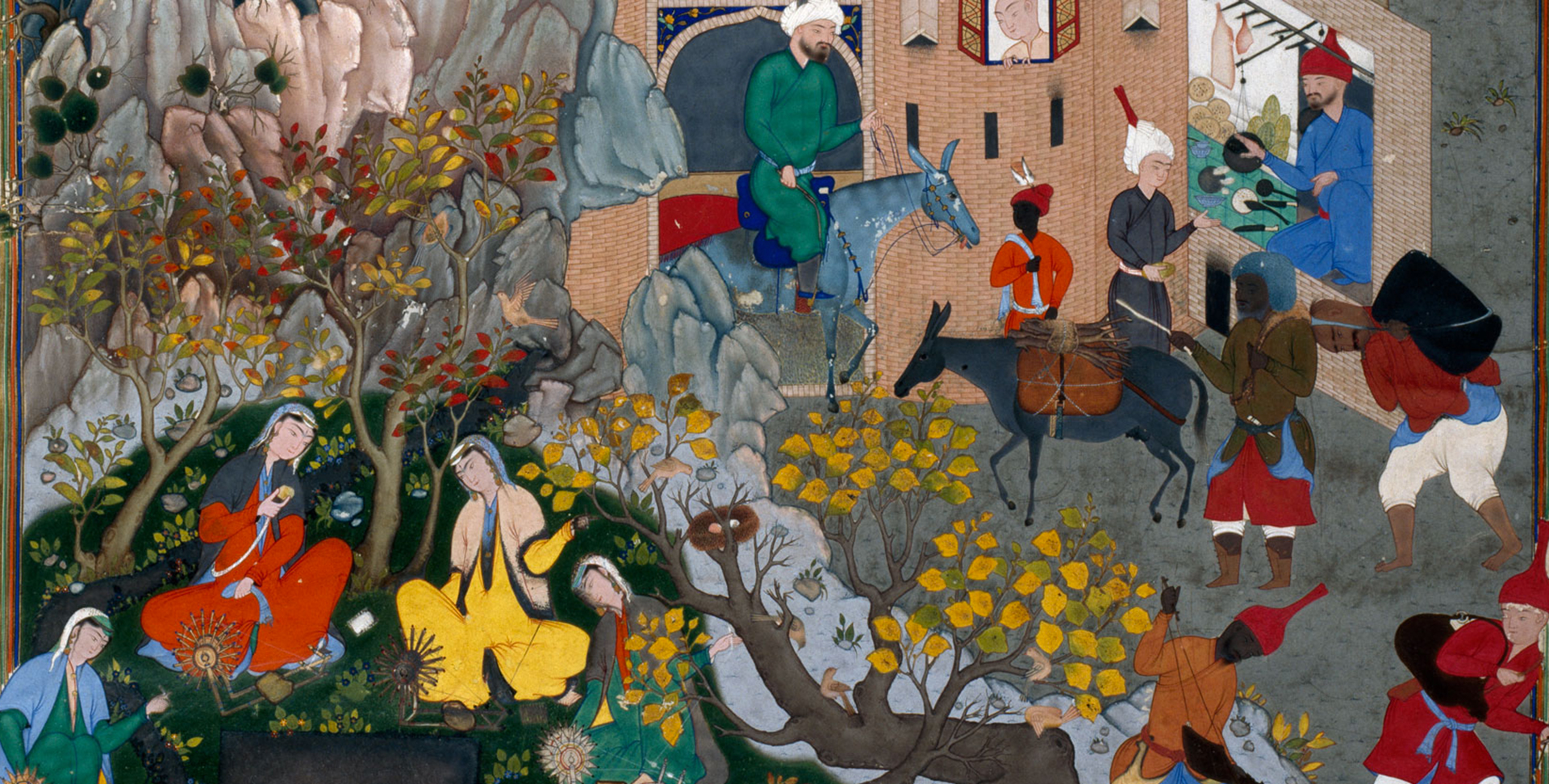

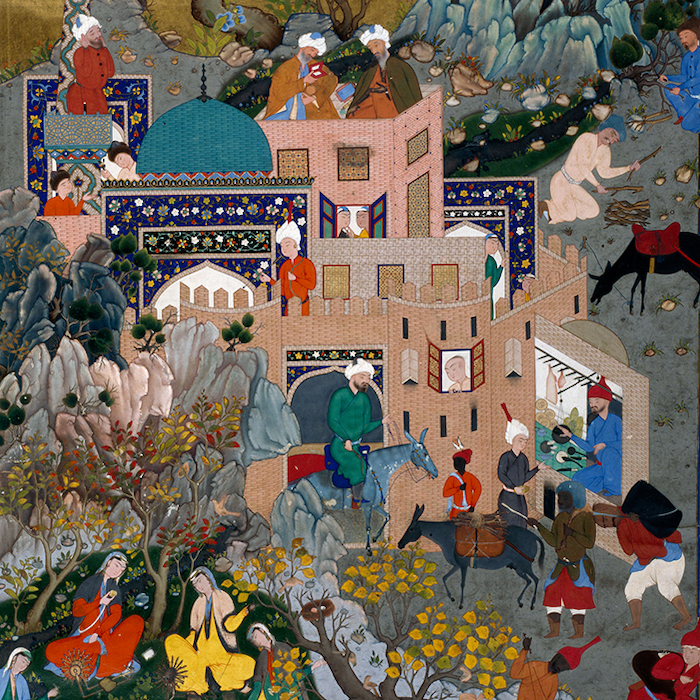
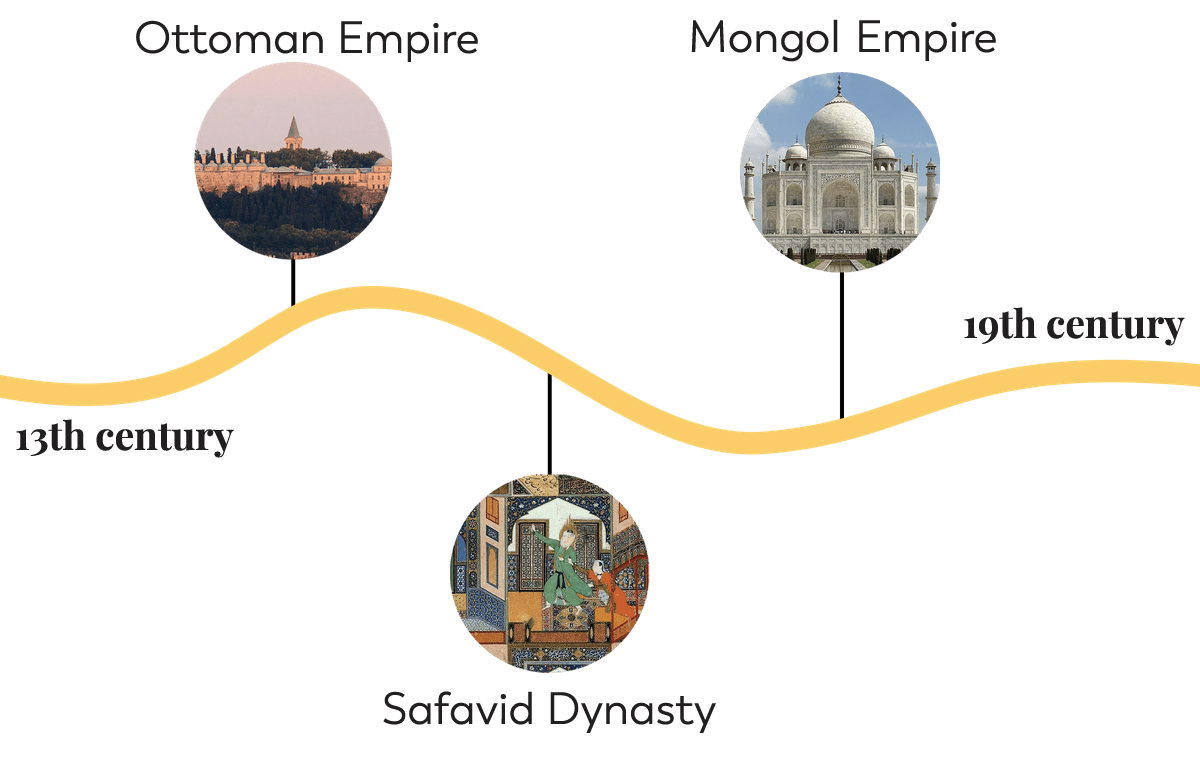
Shâh Jahân was able to build the Taj Mahal because he led one of the biggest empires in the Islamic world!
From the 16th century onwards, the latter was divided between three giants:
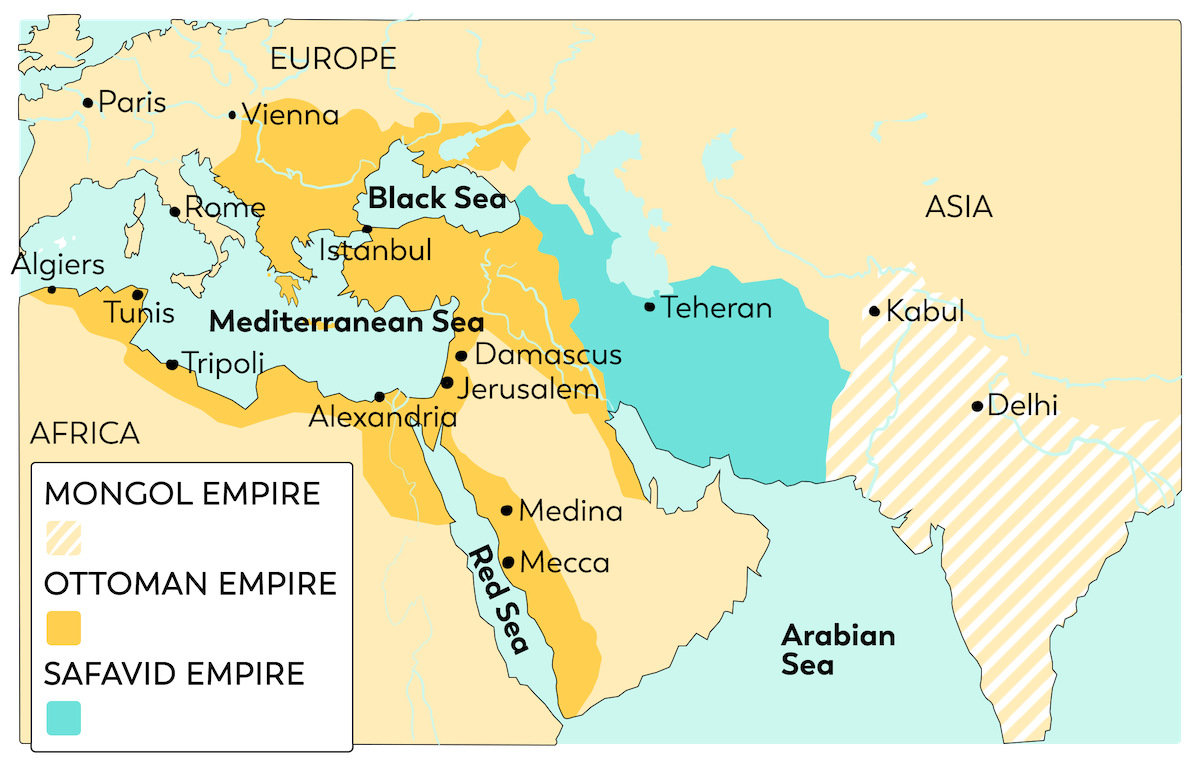

The Islamic world was divided into three great empires from the beginning of the modern era: the Ottoman, Safavid and Mongol Empires.
1453 : Constantinople, the capital city of the old Byzantine Empire, was taken by the Ottomans. Their Empire now had a foothold in Europe!
They renamed the city of Istanbul and began to build the palace of: Topkapi. But that’s not all. Thanks to the many workshops in the palace, a vast treasure was built up.
The palace can be visited today.

After the conquest of Constantinople, the Ottomans had a magnificent palace built there: Topkapi.
Further West, under the Safavids, literary art underwent unprecedented development. Behzad, the painter, was one of the most important people at court.
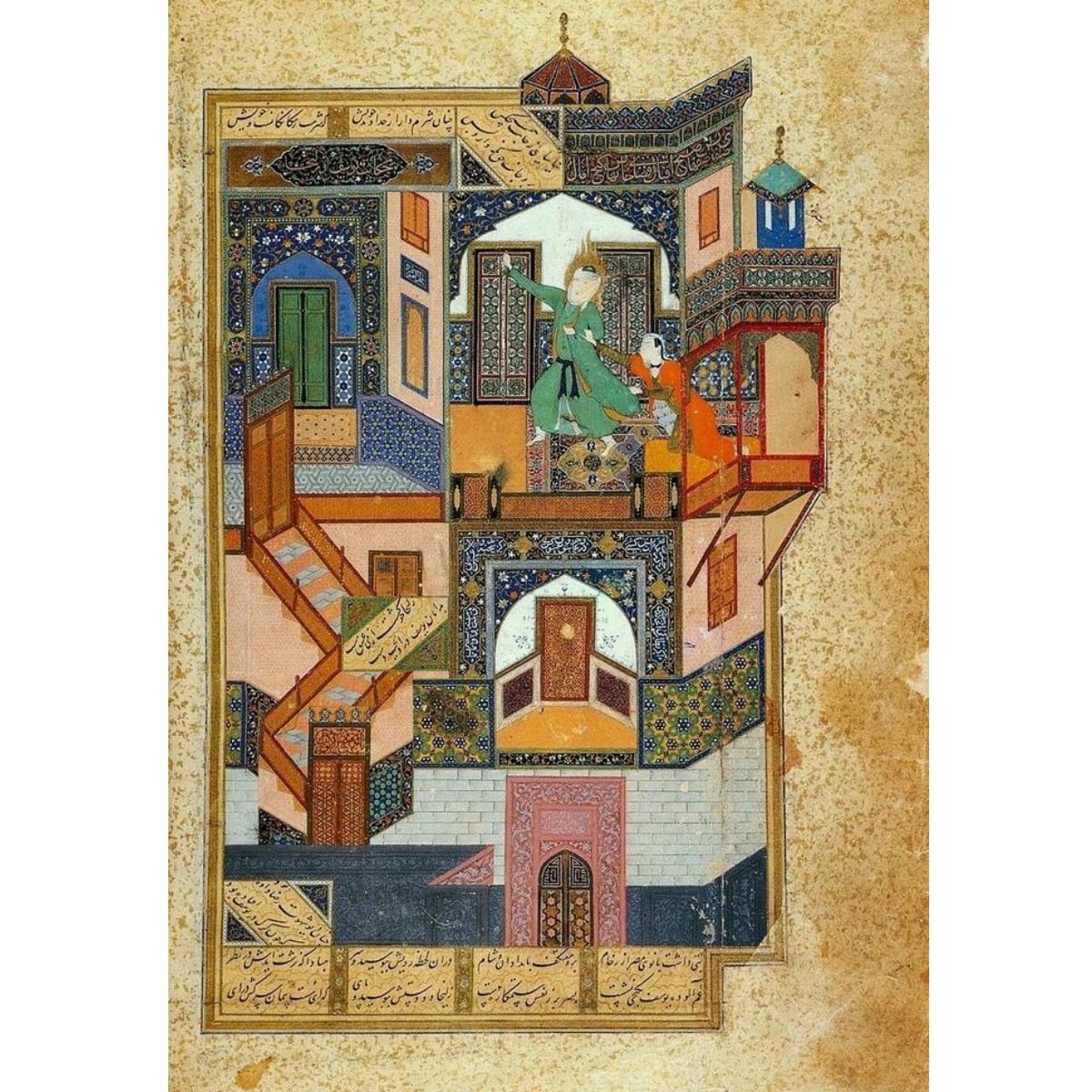

Behzad was a great painter who helped to develop these arts during the Safavid dynasty.
When Behzad died, the masterpieces continued to appear in ever greater numbers in the Safavid royal miniature workshops.
Many artists continued the work of this great painter. Thanks to Qazi Ahmed, historian of the Safavid era, most of them are well-known today.
This single work, created for a Safavid monarch, involved … 15 different painters! Their 258 miniatures illustrate the Shahnameh (Book of Kings), one of the most famous Iranian literary works.

A great many painters and calligraphers, Behzad’s heirs, emerged under the Safavid dynasty.
In Islamic art, painting is not just for books! Some modern dynasties have also been connoisseurs of oil paintings, a technique from Europe. This was true of the Qajars, who ruled in Iran throughout the 19th century.
Under their reign, an easily recognizable portrait style developed. These works were then used as diplomatic gifts.
Director and cartoon author Marjane Satrapi was a descendant from this family. In her film Persépolis, she tells her own story amidst the upheavals that took place in Iran during the second half of the 20th century.

The Qajars, who ruled Iran in the 19th century, especially liked oil paintings.
All of these great empires have now collapsed. But the Islamic arts continue to exist through contemporary artists.
Algerian Rachid Koraïchi is one of them. His works are full of symbols, bringing up to date the art of calligraphy. They often mention Islam, but this is not their only reference. What Koraïchi wanted above all was to highlight the links between civilisations.
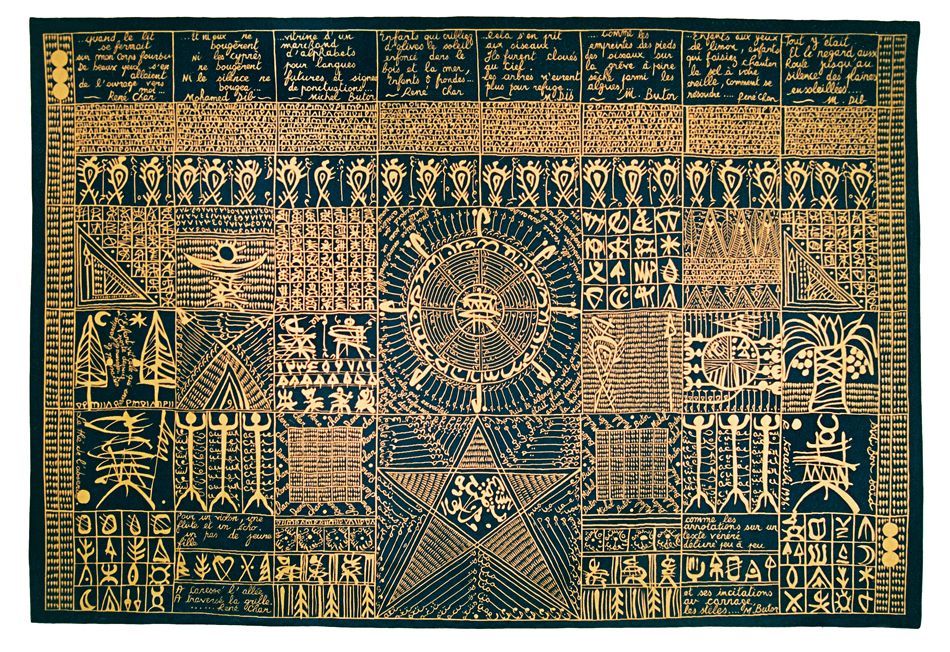

Artists like Rachid Koraïchi continue to keep Islamic arts alive today.

"*" indicates required fields